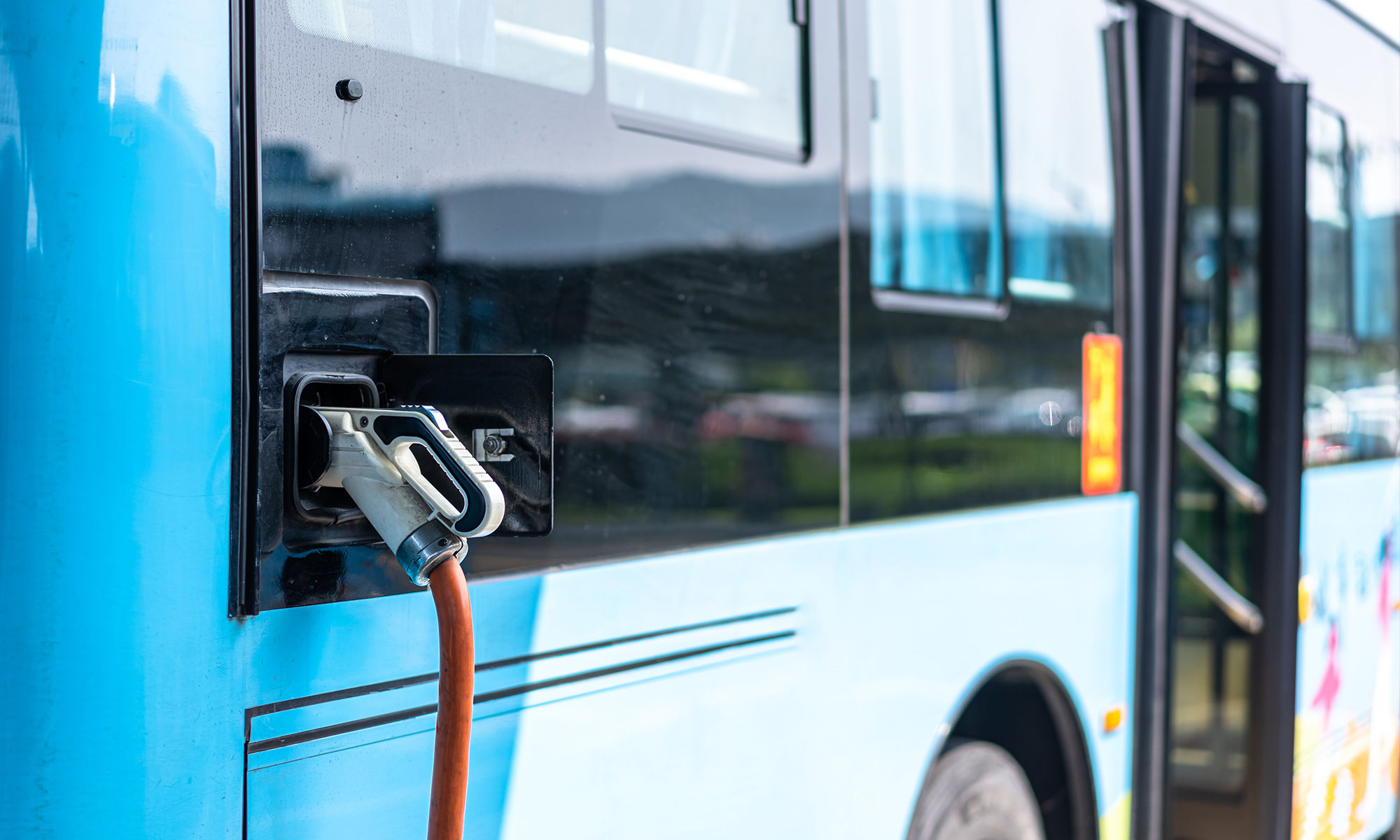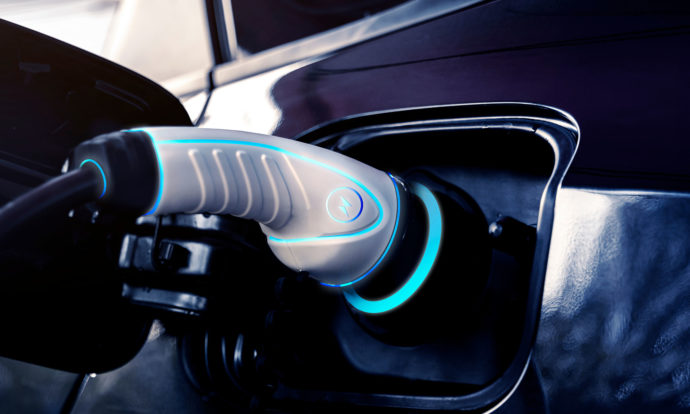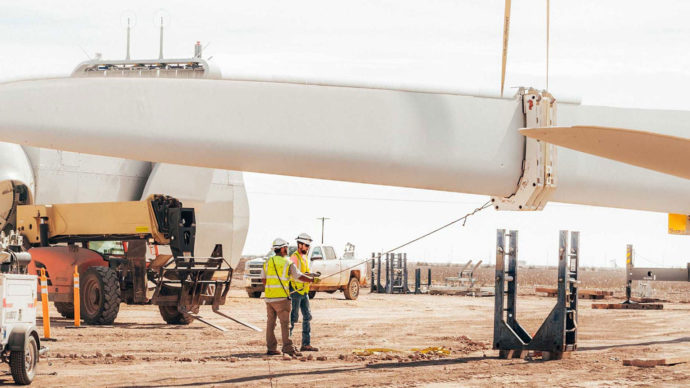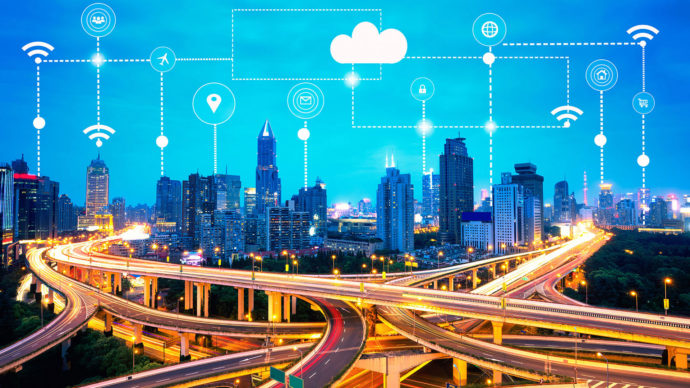Canada has pledged to achieve net-zero emissions by 2050, and electric buses will play an integral role in reaching this target.
The transportation sector in Canada is responsible for about 30 per cent of greenhouse gas (GHG) emissions. To combat this, the government of Canada has introduced the Zero Emission Transit Fund to expedite the elimination of fossil fuels from transit systems. The fund is committed to help purchase 5,000 zero-emission buses over the next five years, representing about one third of all public transit vehicles in Canada.
The move to electric buses
Major Canadian transit operators, like Metrolinx and TransLink, have announced their goal of implementing an entirely electric bus fleet by 2050. TransLink, the regional transportation network for Metro Vancouver in British Columbia, is actively working to integrate electric bus charging infrastructure, including charging pedestals and pantograph charging units.
The shift to emission-free public transit systems currently relies on battery-powered electric buses and their charging infrastructure. Luckily, electric bus chargers are advancing, and the latest innovations offer plug-in charging, on-route charging, and overhead charging systems that are affordable and accessible for shifting fleets.
Based on the bus’s region and route, slow-charging bus chargers or on-the-go rapid-charging bus chargers are both reliable options.
Slow-charging bus chargers
Slow-charging buses recharge when the vehicle is not in use and operate for an entire shift on a single charge. Slow-charging technologies are ideal for buses that are required to operate without interruption.
Currently, slow-charging bus chargers are the most affordable option on the market. Transit systems with limited electrical supply or those looking to reduce electricity consumption can rely on overnight slow charging to provide steady charge for an entire day. These chargers use traditional plug-in charging systems and often charge overnight at central depots or during a layover in the daytime, taking about eight to 10 hours to charge.
Rapid-charging bus chargers
The fast-moving pace of public transportation systems can require the use of rapid-charging or high-speed bus chargers. On-the-go rapid-charging options are sleek and compact while maintaining high speed and strength. They require substantial power and specialized charging infrastructure to meet demand.
On-the-go bus chargers work wirelessly during periods of transition, like when passengers are getting on or off the bus, or at a central bus station. The chargers are strategically placed during stops along the route. These short bursts of rapid charging add up to five minutes of total charging time each hour, allowing the bus to operate nonstop.
Pantograph charging systems implement roof-mounted equipment that uses an electrical connection between the bus and an overhead power supply to provide rapid charging. This technology is ideal for bus routes with tight, continuous schedules and is often located at bus stops or terminals.
Inductive or wireless charging uses coils installed below the road to transfer energy to corresponding receptors that are fitted beneath the floor of the bus. While in motion, the vehicle needs to be positioned over the roadway coils to enable charging. This form of coil technology is still in its pilot stages.
A consensus in public transit
Transit companies around the world agree that electric buses are the future of transportation. However, transitioning from a diesel to an electric fleet is not a simple switch, it necessitates an entire infrastructure overhaul.
The experts at Black & McDonald can help you overcome these challenges by building smart infrastructure and delivering turnkey solutions for your organization’s zero-emission goals. Black & McDonald’s in-house EV installation & Maintenance teams, along with our Energy & Sustainability experts, can help you determine the ideal electrification solution for your fleet. As well, our team has longstanding success in securing federal and provincial incentives for EV installation. To learn more about our fleet & transportation installation capabilities, contact [email protected]





